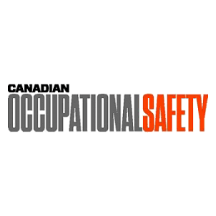The Nova Scotia government has announced stringent restrictions on forest activities in response to heightened fire risks across the province. These measures come despite minimal fire incidents reported so far in 2025. The new rules, which may remain in effect until October 15, aim to discourage residents from entering forested areas, even if they own the land.
Previously, the province had issued a general fire ban, but the latest regulations extend to prohibiting hiking, camping, and fishing in all provincial and private forests. While landowners can access their own properties, visitors may face fines. The guidelines regarding access to water bodies are unclear. For instance, individuals can fish in waters adjacent to provincial roads without entering the woods, but they cannot hike or drive along trails to reach their favorite fishing spots.
The government's stance has sparked concerns about civil liberties, particularly regarding the principle of minimal rights impairment. Critics argue that the sweeping nature of these restrictions does not align with the idea that government limitations should be specific and targeted. While many agree on the necessity of banning clear sources of wildfires, such as campfires and all-terrain vehicles, the broad application of these new rules has raised eyebrows.
An article discussing the government's approach suggests that questioning the restrictions is viewed unfavorably. It emphasizes a message from officials to avoid seeking loopholes in the regulations. The article also lists various activities that could potentially create fire hazards, such as the sound of a metal walking pole striking a rock or the reflection of sunlight from a glass bottle.
The implementation of these rules, enacted through proclamation rather than legislative approval, has led to debates about their appropriateness, especially concerning private land. However, the government maintains that it is responsible for protecting public lands, which are intended for collective use. As the province navigates these challenges, the balance between public safety and individual rights remains a contentious issue.

 Canada News
Canada News

 Local News in Ontario
Local News in Ontario Canadian Occupational Safety
Canadian Occupational Safety The Globe and Mail Politics
The Globe and Mail Politics Ottawa Citizen
Ottawa Citizen AlterNet
AlterNet The Daily Beast
The Daily Beast